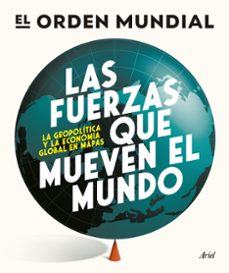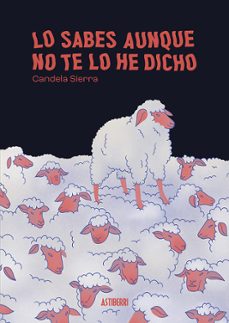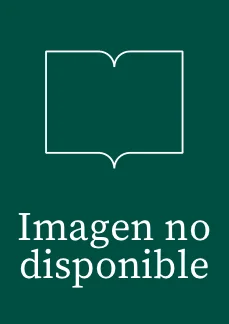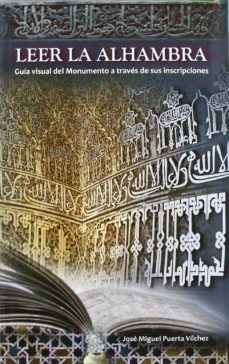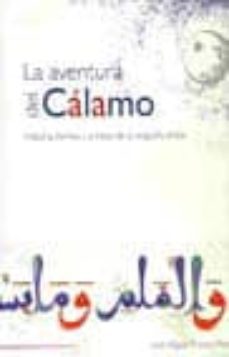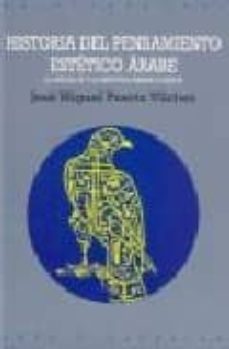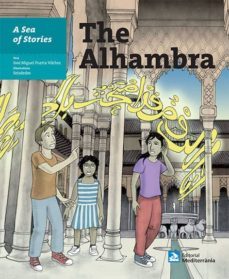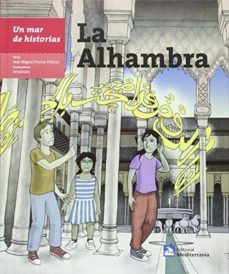Imprescindibles
Ficción
No Ficción
Ciencias y tecnología Biología Ciencias Ciencias naturales Divulgación científica Informática Ingeniería Matemáticas Medicina Salud y dietas Filología Biblioteconomía Estudios filológicos Estudios lingüísticos Estudios literarios Historia y crítica de la Literatura
Humanidades Autoayuda y espiritualidad Ciencias humanas Derecho Economía y Empresa Psicología y Pedagogía Filosofía Sociología Historia Arqueología Biografías Historia de España Historia Universal Historia por países
Infantil
Juvenil
#Jóvenes lectores Narrativa juvenil Clásicos adaptados Libros Wattpad Libros Booktok Libros de influencers Libros de Youtubers Libros Spicy Juveniles Libros LGTBIQ+ Temas sociales Libros ciencia ficción Libros de acción y aventura Cómic y manga juvenil Cómic juvenil Manga Shonen Manga Shojo Autores destacados Jennifer L. Armentrout Eloy Moreno Nerea Llanes Hannah Nicole Maehrer
Libros de fantasía Cozy Fantasy Dark academia Hadas y Fae Romantasy Royal Fantasy Urban Fantasy Vampiros y hombres lobo Otros Misterio y terror Cozy mistery Policiaca Spooky Terror Thriller y suspense Otros
Libros románticos y de amor Dark Romance Clean Romance Cowboy Romance Mafia y amor Romance dramatico Romcom libros Sport Romance Otros Clichés Enemies to Lovers Friends to Lovers Hermanastros Slow Burn Fake Dating Triángulo amoroso
Cómic y manga
Novela gráfica Novela gráfica americana Novela gráfica europea Novela gráfica de otros países Personajes, series y sagas Series y sagas Star Wars Superhéroes Cómics DC Cómics Marvel Cómics otros superhéroes Cómics Valiant
eBooks
Literatura Contemporánea Narrativa fantástica Novela de ciencia ficción Novela de terror Novela histórica Novela negra Novela romántica y erótica Juvenil Más de 13 años Más de 15 años Infantil eBooks infantiles
Humanidades Autoayuda y espiritualidad Ciencias humanas Economía y Empresa Psicología y Pedagogía Filosofía Historia Historia de España Historia Universal Arte Cine Música Historia del arte
Ciencia y tecnología Ciencias naturales Divulgación científica Medicina Salud y dietas Filología Estudios lingüísticos Estudios literarios Historia y crítica de la Literatura Estilo de vida Cocina Guías de viaje Ocio y deportes
José Miguel Puerta Vílchez
Recibe novedades de JOSE MIGUEL PUERTA VILCHEZ directamente en tu email
Filtros
Del 1 al 9 de 9
DIP. PROV. DE GRANADA 9788478070176
Otros
EDILUX, S.L. (JUAN AGUSTIN NUÑEZ) 9788495856296
Esta guía reproduce de manera eminentemente gráfica y visual la gran arquitectura de textos que es la Alhambra de Granada, tranformando sus paredes en las páginas que ahora tiene entre sus manos.
Ver más
Tapa blanda
EDILUX, S.L. (JUAN AGUSTIN NUÑEZ) 9788495856906
La aventura del cálamo: historia, formas y artistas de la caligrafía árabe, el primer libro de estas características que se publica en España. En él, Puerta analiza la historia de la caligrafía árabe y los mejores calígrafos que ha habido a lo largo de la historia. El volumen, de 400 páginas y más de 350 ilustraciones comentadas, es un pormenorizado análisis de la historia de la caligrafía. También recoge información sobre 333 hombres y 67 mujeres expertos en caligrafía. Se trata, pues, de una obra de enorme interés para los estudiantes de árabe o los interesados en la cultura musulmana
Ver más
Otros
AKAL 9788446007371
En este libro se hace una revisión sistemática a la historia del pensamiento estético árabe desde la eclosión de la cultura árabe en la época preislámica hasta la época de Ibn Jaldun (siglo XVI). Su contenido se puede esquematizar del siguiente modo: una introducción crítica en la que se evalúan las aportaciones de la historiagrafía occidental y árabe contemporánea respecto al pensamiento estético en lengua árabe. Una primera parte en la que se investigan las formaciones estéticas de la poesía preislámica y los textos sagrados del Islam, prestando una particular atención al eco de dichos discursos en la cultura andalusí. Una segunda parte en la que se estudian las relaciones existentes entre pensamiento y arte en la cultura árabe islámica. Y una tercera en la que se ofrece un amplio recorrido por las ideas de belleza y la psicología de la percepción estética en las obra de los más destacados
Ver más
Tapa blanda
MEDITERRANIA 9788499794600
Este libro de la colección Un mar de historias da a conocer a los niños, de manera amena y a la vez rigurosa, la historia de la Alhambra, el monumento más célebre de la ciudad andaluza de Granada.
En
Ver más
Otros
MEDITERRANIA 9788499794594
Este libro de la colección Un mar de historias da a conocer a los niños, de manera amena y a la vez rigurosa, la historia de la Alhambra, el monumento más célebre de la ciudad andaluza de Granada.
En
Ver más
Tapa dura
TREA 9788497045995
Elemento esencial de toda vida, así como materia purificadora y ritual desde tiempos inmemoriales, el agua adquiere en el islam la más rica y profunda presencia en los ámbitos cotidiano, teológico y artistico. Que el islam sea una de las grandes civilizaciones del agua se debe al intimo contacto que muchos de sus pueblos tuvieron, y tienen, con el desierto y los oasis, lo que les hizo valorarla y sacralizarla con especial intensidad, pero tambien a ser herederos de las antiguas civilizaciones mesorientales vinculadas a importantes rios, presas y montañas, y a las muchas rutas marinas y terrestres que surcaron en sus viajes de peregrinacion, comercio y exploracion. Elemento imprescindible en los rituales personales y colectivos de los musulmanes y concepto coranico fundamental unido a las imagenes del vergel, el eden y el paraiso, desde la teologia hasta la filosofia de inspiracion grecolatina, pasando por la fisica, el urbanismo, la medicina y la mistica, asi como por la literatura, la poesia, la arquitectura y las artes visuales, la huella del agua es perceptible incluso en la actualidad a traves de los mas variados registros artisticos o filosoficos.En este libro se estudian los conceptos teologicos, filosoficos, literarios y artisticos relativos al agua en la cultura arabo-islamica clasica y, particularmente, en la epoca de al-Andalus. Ademas de un detallado analisis de textos arabes clasicos, se interpretan una amplia gama de imagenes visuales y arquitectonicas que tienen que ver con los paradigmas de las aguas, el vergel y el buen lugar paradisiaco. El libro incluye una cincuentena de ilustraciones comentadas, que, al igual que el texto, se acercan tambien a la modernidad arabe, es decir, muestran como algunos poetas y artistas arabes actuales asumen su pasado simbolico y cultural, lo renuevan o establecen rupturas con el.An essential element of all life, as well as a cleansing and ritual substance since time immemorial, in Islam water acquires its richest and most profound presence in the everyday, theological, artistic and philosophical realms. The fact that Islam is one of the great water civilizations is due to the intimate contact that many of its peoples had, and still have, with the desert and the oases, which made them value and sanctify it with particular fervour; also to the fact that they were the heirs to the ancient middle-Eastern civilizations linked to important rivers, dams and mountains; and due, too, to the manifold routes they covered by land and sea in their journeys of pilgrimage, trade and exploration. An indispensable element in the personal and collective rituals of Muslims, and a fundamental Koranic concept bound up with images of the garden, Eden and Paradise, from theology to philosophy inspired by the Graeco- Romans, passing through physics, town planning, medicine and mysticism, as well as literature, poetry, architecture and the visual arts, the influence of water is even now visible in the most varied literary, poetic, philosophical and artistic records.This book looks at the theological, philosophical, literary and artistic concepts relating to water in classical Arabic- Islamic culture, and particularly in the time of al-Andalus. As well as a detailed analysis of classical Arabic texts, it interprets a wide range of visual and architectural images concerned with the paradigms of water, gardens and the ideal place of Paradise. The book includes a great number of illustrations with comments, which, like the text, bring us up to contemporary Arabic times, and show how some present-day Arabic artists and poets come to terms with their symbolic and cultural past, renewing it or breaking away from it.
Ver más
Tapa dura
Editorial Universidad de Granada 9788433858450
En este relato, basado en la vida y obra del asceta del Valle de Lecrín, Ibn Yafar al-Qunchi (s. XIV), según la información recogida por Ibn al-Jatib, visir de Yusuf I, se recrean las ideas que s
Ver más
Tapa blanda
Del 1 al 9 de 9






